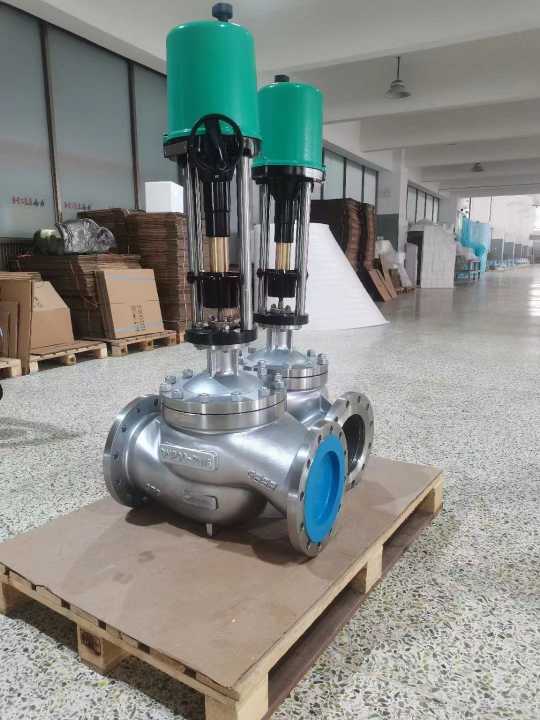In recent years, hydrogen energy has emerged as a promising alternative to conventional energy sources, particularly due to its environmentally friendly characteristics and potential for reducing carbon emissions. As the demand for hydrogen energy grows, so does the need for precision components to regulate and control its flow and pressure safely. One such essential component is the Hydrogen Energy Electric Single Seat Regulating Valve, which plays a vital role in ensuring the efficient and secure operation of hydrogen-based systems.

What is a Hydrogen Energy Electric Single Seat Regulating Valve? The Hydrogen Energy Electric Single Seat Regulating Valve is a specialized valve designed for controlling the flow of hydrogen gas within energy systems. It is particularly used in fuel cells, hydrogen refueling stations, and hydrogen storage systems, where precise flow regulation is crucial for maintaining the safety and performance of the system. The valve’s primary function is to manage the pressure and flow of hydrogen, which is a highly sensitive and flammable gas. The “single seat” design refers to the valve’s sealing surface, where the valve stem rests against a single sealing seat when closed, preventing any flow of hydrogen. The single-seat configuration ensures a tight seal, which is important when working with hydrogen, as even minor leaks can be dangerous. The valve’s electric actuator allows for remote or automated operation, which is especially useful in systems where real-time adjustments to hydrogen flow or pressure are required.